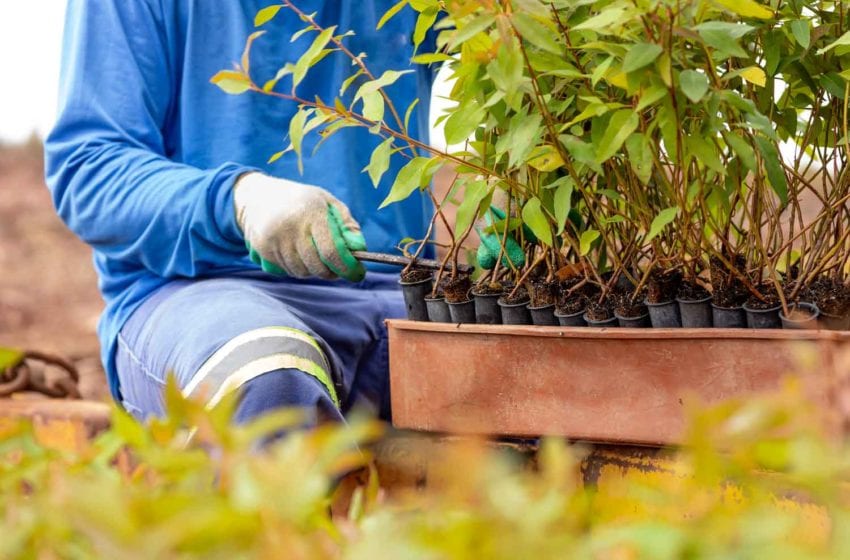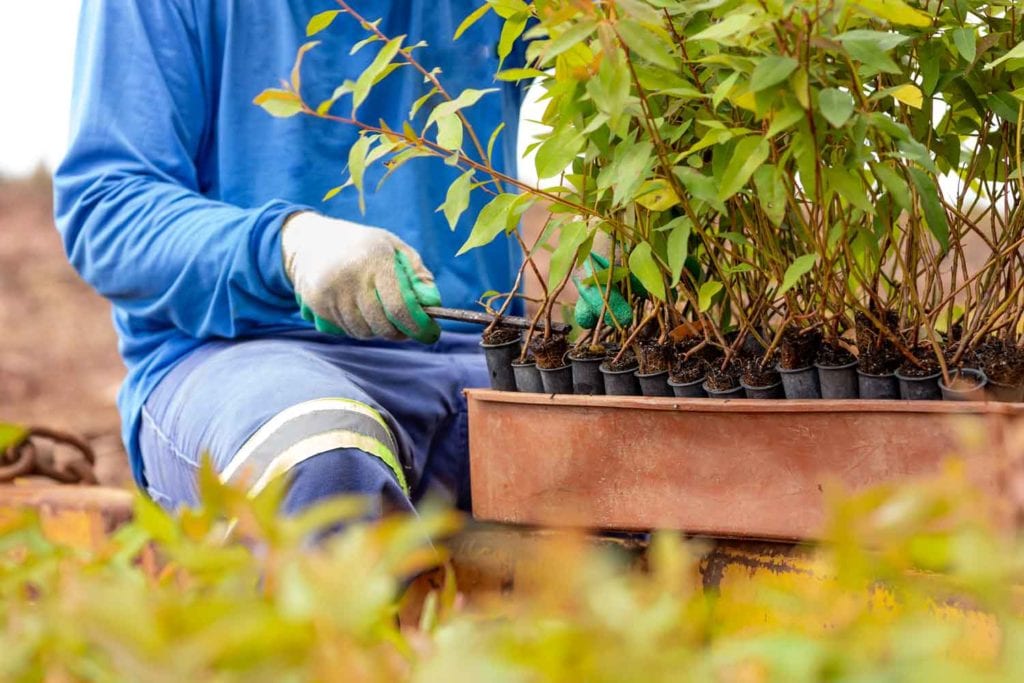
Farmers in southern Brazil have planted enough tobacco to harvest 604.73 million kg in 2023—7.95 percent more than in 2022, reports Kohltrade, citing the country’s tobacco growers’ association, Afubra.
In Rio Grande do Sul, the production estimate points to 256.73 million kg of tobacco, cultivated in an area of 117,675 hectares with a productivity of 2,182 kg per ha. Compared with the past crop, tobacco growers in the Rio Grande do Sul increased their area by 3.17 percent and production should be 3.8 percent higher, Afubra estimates. Average productivity during the 2021–2022 harvest was 2,168 kg per ha.
In Santa Catarina, the projection is 191.55 million kg, produced in an area of 77,489 hectares with a productivity of 2,472 kg per ha. The planted area increased 10.22 percent from last year, and production is estimated to be 11.49 percent higher. Santa Catarina’s farmers average productivity was 2,444 kg per ha in the past season.
In Parana, production should reach 156.46 million kg in an area of 66,576 hectares with an estimated productivity of 2,350 kg per ha. The producers of Parana increased their area under tobacco by 6.99 percent. Afubra estimated increased production will be up by 10.93 percent. Productivity in the past season was 2,267 kg per ha.
Afubra President Benicio Albano Werner said the increase in the production area was expected. “The past crop was for a large part of tobacco growers very profitable,” he said. “This encouraged some producers to increase their planted area.”






